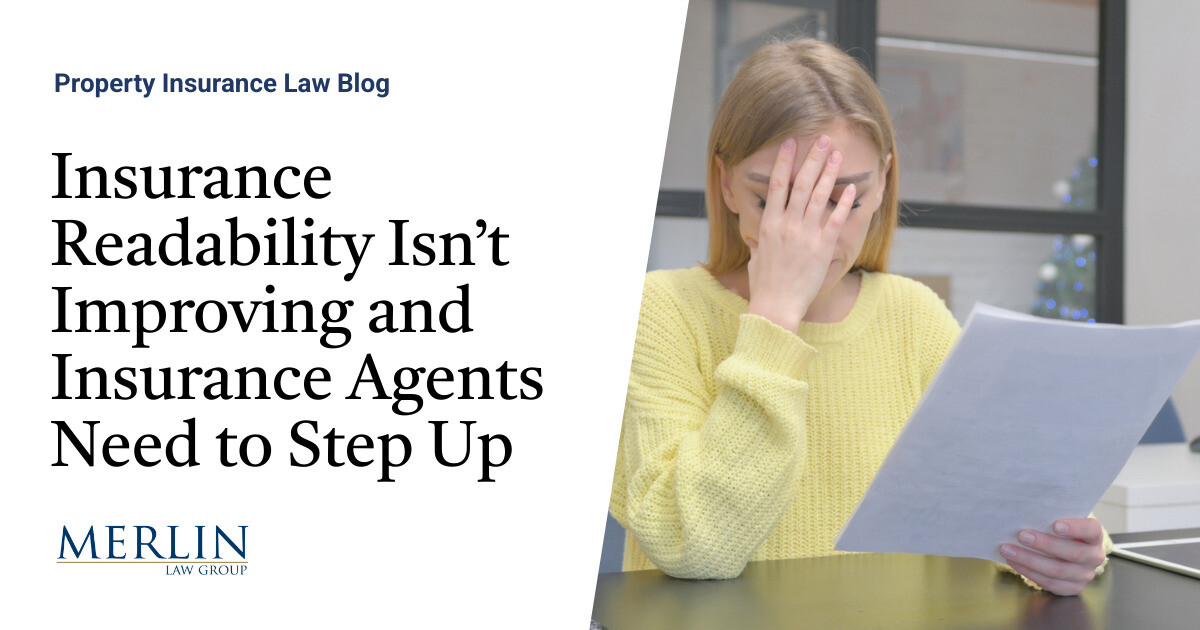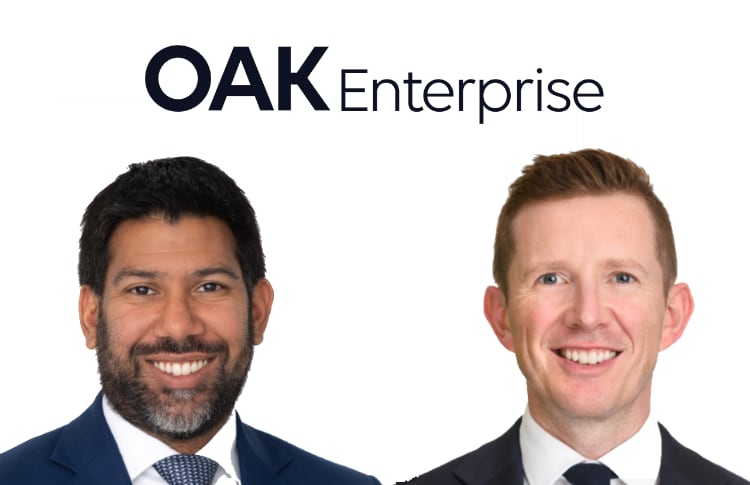According to Twelve Securis, the specialist insurance-linked securities (ILS) manager, the combination of advancements being seen in catastrophe modeling, along with shifting climate patterns, and the ability to generate uncorrelated returns, is making ILS an increasingly attractive investment amid a rapidly changing risk landscape.In the company’s first whitepaper under the newly branded Twelve Securis entity, it highlights how the insurance protection gap, globally, remains high, which demonstrates the need for greater risk transfer and reinsurance capacity.“As climate change amplifies extreme weather events, demand for both traditional (re)insurance and ILS is expected to grow,” the paper reads.
A key figure that’s highlighted within the whitepaper, is how over 70% of global disasters have gone uninsured over the past 25 years.“The scale of this insurance protection gap, in a world of rising and increasingly interconnected risks, highlights the ever increasing need for insurance, and consequently the potential for growth of ILS strategies as a partner to traditional (re)insurance markets,” the paper reads.“Most industries rely on insurance in some form to carry out their business, homeowners and households rely on insurance to access mortgages and to ensure the necessary funds in the aftermath of a crisis.
Globally, mechanisms to raise capacity for effective climate change-related planning and management are increasingly seen as critical, with insurance being seen as the front-line and a primary contributor to achieving the United Nations’ Sustainable Development Goals.” As demand for ILS including catastrophe bonds grows amid increasing climate and catastrophe risks, Twelve Securis highlights how investors and fund managers must obtain an acceptable balance between risk and return.Unlike traditional financial markets, which rely on continuous price discovery and frequent trading, which help refine risk assessments over time, this approach does not translate directly to ILS, where the distribution of potential outcomes is fundamentally different.“Severe natural catastrophe events occur infrequently and with significant variability, while a changing climate (both human-induced and natural variations), population growth, inflation, changes in reconstruction costs, and developing infrastructure, lead to a dynamic and continuous evolution of the risk,” the whitepaper explains.
To address this, catastrophe modeling has evolved across the industry since the late 1980s, and has gone on to become a key tool for analysing property catastrophe insurance.Further into the whitepaper, Twelve Securis also explains that extreme event attribution, which involves establishing how climate change has already influenced the intensity and likelihood of extreme weather, is increasingly undertaken for a range of natural disasters having emerged as a discipline following the deadly European heatwave of 2003.According to the firm, since 2004, over 600 studies have been conducted, which reveals that 74% of natural disaster events were made more likely or severe due to climate change, compared to just 9% that were made less likely or severe.
“This detailed, quantitative understanding of the impact of climate change on frequency and severity of natural catastrophes is essential for insurers and reinsurers to provide sustainable products that support people, livelihoods, and property reconstruction.Historic backwards-looking risk assessments are no longer sufficient for pricing catastrophe risk,” Twelve Securis said.Moreover, in response to the historic 2004 and 2005 Atlantic hurricane seasons, catastrophe models began incorporating longer-term variability and changes in our climate, including warm sea-surface conditions and large-scale climate patterns.
Since then, cat modeling techniques have continued to evolve, allowing for greater flexibility in assessing present and future climate risks, with modern cat models offering more transparency, enabling adjustments based on historical baselines, or specific states of natural variability, and future projections of climate change, Twelve Securis explains.“Catastrophe loss models have become a widely used benchmark across the (re)insurance industry, including among regulators.The output of models provides a shared common framework of risk for risk transfer – establishing a baseline for adequate pricing,” the whitepaper reads.
Continuing: “However, like all complex models, they have inherent limitations.A key function of an ILS fund manager is to possess the expertise needed to critically assess these models, understand their constraints, and stay ahead of scientific and societal developments that impact risk dynamics.“This requires deep industry knowledge, the ability to interpret the latest climate research, and the skill to integrate these insights with model output.”.
All of our Artemis Live insurance-linked securities (ILS), catastrophe bonds and reinsurance can be accessed online.Our can be subscribed to using the typical podcast services providers, including Apple, Google, Spotify and more.
Publisher: Artemis








